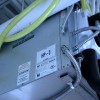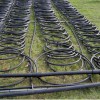Going Green: Energy Options
The things that help a building use the least possible amount of electricity and natural gas are central to what makes it green. Making an existing structure more energy-efficient can be done in broad strokes or with baby steps.
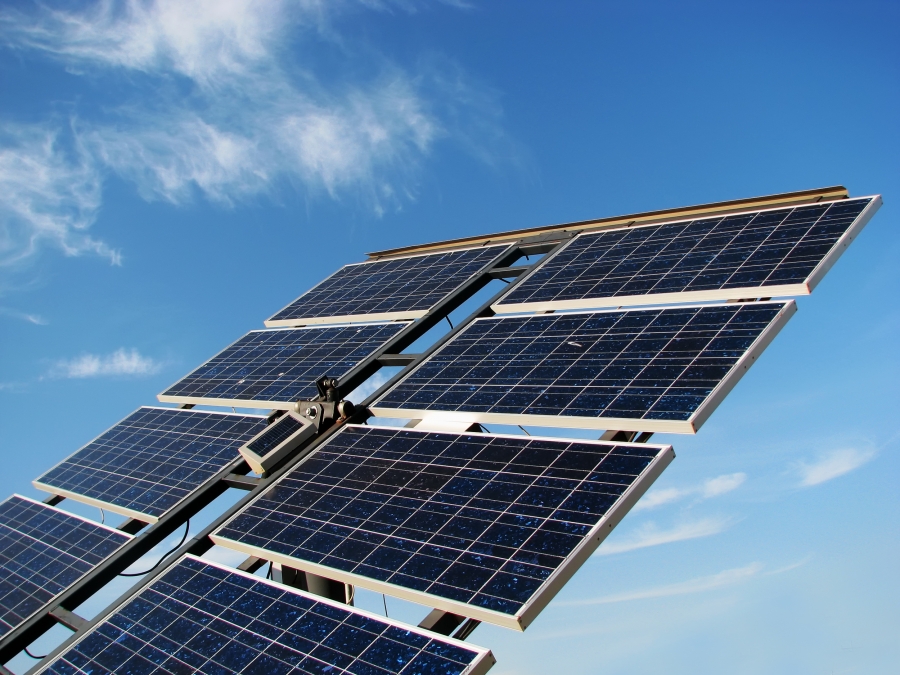
While new buildings like the Audubon Center in Columbus, Ohio, have taken advantage of as many forms of green technology as the site could handle, most green efforts begin with replacing the items that consume the most energy in existing buildings and shifting the habits of the people who live or work inside of them.
“The most important thing is to become aware of your usage, numerically, and how your actions impact your energy use,” says Don Hall of Wattworks, an energy efficiency consultancy that provides services and education for residential customers and small businesses. “The trick is to learn to worry about energy waste -- the energy you bought, paid for, and didn’t use.”
Lighting
The easiest and least expensive way to begin to green an existing building, and save on energy costs, is to alter the lighting.
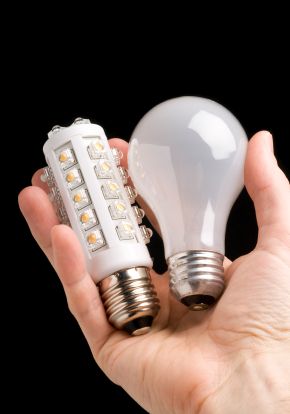
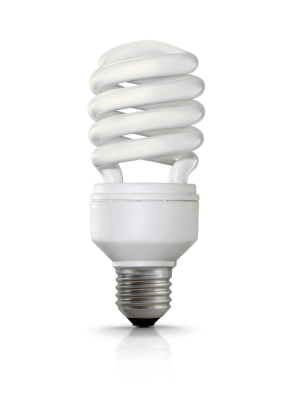 According to Hall, lighting is one of the five main users of power in a home. While many elect to replace incandescent light bulbs with compact fluorescent light bulbs (CFLs), additional measures, like adding skylights to maximize natural light or installing sensors, take that energy savings a step further. The popularity of light sensors is on the rise in commercial and industrial buildings because human habits, even among those with the best intentions, can cost a lot in energy consumption.
According to Hall, lighting is one of the five main users of power in a home. While many elect to replace incandescent light bulbs with compact fluorescent light bulbs (CFLs), additional measures, like adding skylights to maximize natural light or installing sensors, take that energy savings a step further. The popularity of light sensors is on the rise in commercial and industrial buildings because human habits, even among those with the best intentions, can cost a lot in energy consumption.
As an alternative to CFLs, which have high levels of mercury that make disposal problematic, there are cold cathode fluorescent light bulbs that contain one-tenth the amount of mercury. For maximum energy savings on lighting, LED bulbs and fixtures continue to advance in efficiency, longevity, and design. “People are usually pleasantly surprised that they don’t have to give up the look of nice fixtures or settle for unpleasant light with LED,” says Hall. “They can get the same quality and still get dimming, warm light.”
For large-scale commercial and industrial projects, Thomas Van Cleef of Shine on Solar Solutions, who contracts large-scale lighting projects, estimates that retrofitting with CFLs can save over 60 percent in lighting costs, while LED can save over 80 percent. “These kinds of investments can pay back in three years or less,” he says.
Solar Energy
Federal and state tax credits have made investments like a solar array on a large-scale commercial building a safe bet financially: it can potentially pay back in seven years and be a great cost benefit for 30 years beyond that, according to van Cleef, who consults on large-scale commercial and not-for-profit solar energy projects. Schools, churches, and colleges can take advantage of additional incentives. Many seek a third-party to install the array, then buy the power and, with it, the social advantage of being green.
"Energy is a much bigger issue in places where the rates are higher. California is already much higher, so they've been forced to look at renewable energy sources ... The only insurance against rate increases is using less or making it yourself." Don Hall, Wattworks
A green image is also becoming more and more important for companies, so that energy investment can benefit their bottom line in less measurable ways. “I stress that if you’re a consumer-based company and I’ve got a choice to buy from someone who is green and someone who isn’t, I will go with the green company every time,” says van Cleef. “It’s a marketing imperative for a lot of companies now. We’re also starting to see more social entrepreneurs -- people who invest because they want to be pioneers in renewable energy.”
Wind power is most effective for small, school-sized buildings, according to Elaine Lipman Barnes, LEED AP, and a smaller upfront investment than solar, but the ability to sell solar credits makes solar a more lucrative choice in the long-term.
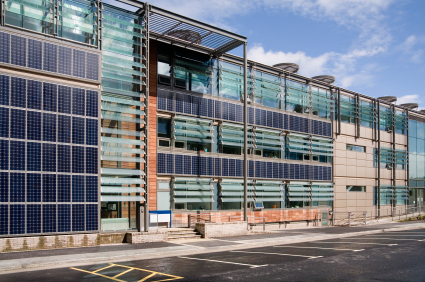
Midwestern green consultants are taking their cues from the West Coast, where the demand for renewable energy has been much higher for some time. “Energy is a much bigger issue in places where the rates are higher,” says Hall. “California is already much higher, so they’ve been forced to look at renewable energy resources. I don’t think we’re going to escape that (in Ohio) – it’s just delayed. The only insurance against rate increases is using less or making it yourself.”
Appliances
Energy Star ratings are the most handy and consumer-friendly barometer when buying efficient appliances, electronics, HVAC, lighting, plumbing, or windows. Increased demand for energy-efficient appliances and tax credits for their use have pushed more and more manufacturers to seek the rating.
The ability to label a product with this designation only goes to proven technologies with which “purchasers will recover their investment in increased energy efficiency through utility bill savings, within a reasonable period of time.” They are usually clearly marked in store showrooms, or searchable on the EnergyStar web site.
Heating and Cooling Systems
For most residences, heating and cooling decisions are usually made when an older system fails. “I always have people look at the life-cycle cost,” says Hall. “Most energy-efficient systems have more predictable maintenance. So many times people selling assume that the first cost is what people will buy on, rather than what it’s going to cost for the life of the thing. At this point the long-range paybacks can be great.”
Many Energy Star-rated heating and cooling systems can save consumers between 10 to 20 percent on fuel or electricity costs. In any size building, however, geothermal heating systems can save as much as 40 to 50 percent in energy costs, and they are far more common and affordable to maintain than most people believe. “Geothermal has been around for 40 or 50 years. It isn’t something really high-strung and difficult to run,” says Hall. While market demand is pushing new technology all the time, energy-efficient heating and cooling systems are generally much more mainstream than they were a decade or two ago. “The choices aren’t between something nobody understands and something common. They are between good and better.”
"The most important thing is to become aware of your usage, numerically, and how your actions impact your energy use. The trick is to learn to worry about energy waste -- the energy you bought, paid for, and didn't use." Don Hall, Wattworks
Next to lighting alterations in a home or business, programmable thermostats are one of the cheapest and easiest ways to bring a structure to greater efficiency.
“People will react to and repair a comfort problem; it’s how you address a waste problem that’s tricky,” says Hall.

Tracy Zollinger Turner
Tracy Zollinger Turner is an award-winning feature writer, editor and web-content expert based in Columbus, Ohio. She has written extensively about education, the arts, culture and civic life in the Midwest for a variety of publications, including The Columbus Dispatch, Citysearch.com, Columbus Alive, Public Art Review and Ohio Magazine.
Website: www.writearm.com
